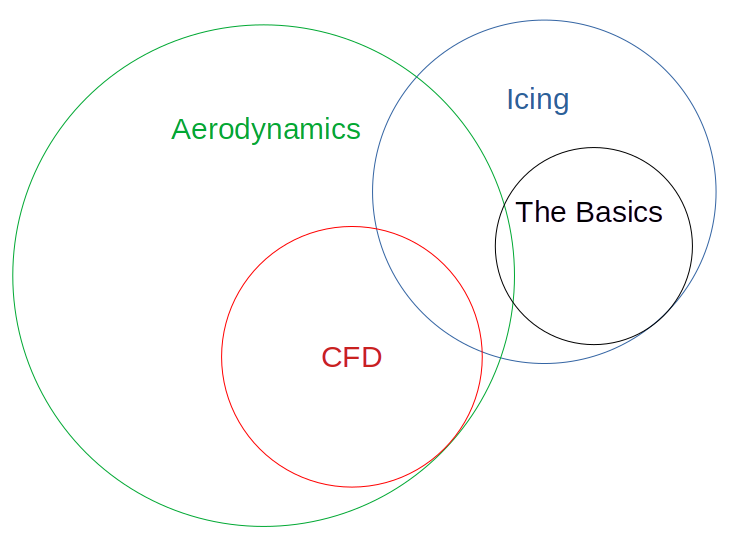"it shall be the duty of the advisory committee for aeronautics to supervise and direct the scientific study of the problems of flight with a view to their practical solution"

From commons.wikimedia.org.
For most of the reviews of the NACA-era aircraft icing publications, I have tried to be neutral about whether one is "better" than another (they all have merit), except for noting how often they were cited and used later. This may have de-emphasized some of the biggest achievements, which are often not contained in just one publication.
NACA did not invent several of these items. NACA did find good ideas from many sources, and collaborated with industry, academia, and other government entities. They fulfilled their mission statement several times.
read more... it shall be the duty of the advisory committee for aeronautics to supervise and direct the scientific study of the problems of flight with a view to …






 Figure 13 of
Figure 13 of 
 Standard weights and other measurements in use.
Standard weights and other measurements in use. 
